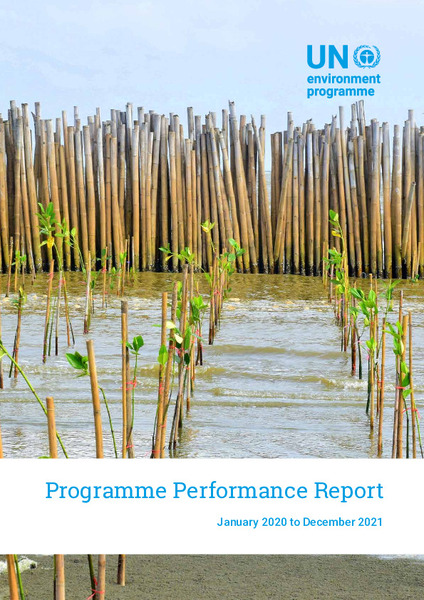Feasibility Study on Strengthening the Environmental Footprints and Planetary Boundaries Concepts within the Green Economy Progress Measurement Framework
| dc.contributor | Economy Division | en_US |
| dc.contributor.author | United Nations Environment Programme | en_US |
| dc.contributor.other | Pfister, Stephan | en_US |
| dc.contributor.other | Kulionis, Viktoras | en_US |
| dc.date.accessioned | 2020-07-14T11:51:42Z | |
| dc.date.available | 2020-07-14T11:51:42Z | |
| dc.date.issued | 2020 | |
| dc.identifier.uri | https://wedocs.unep.org/20.500.11822/33049 | |
| dc.description | The aim of this feasibility study is to combine the efforts on the measurement of environmental footprint indicators within the Green Economy Progress (GEP) Measurement Framework developed by UN Environment. More specifically, the study will focus on establishing the availability of data and the most appropriate database. This will be achieved by assessing the feasibility of a country’s specific footprints and recommending a methodology (as well as creating a link to the GEP Measurement Framework). In particular to its dashboard of environmental sustainability indicators, for the following footprints indicators (see appendix for more details): - greenhouse gas footprint - biodiversity footprint (based on LC Initiative recommendations for land use) - water footprint based on LC Initiative recommendations (AWARE) Additionally, the feasibility study will explore the linkages to the SCP-HAT tool, also developed by UN Environment aimed at supporting the design of national action plans for sustainable consumption and production. | en_US |
| dc.format | Text | en_US |
| dc.language | English | en_US |
| dc.rights | Public | en_US |
| dc.subject | green economy | en_US |
| dc.subject | environmental performance | en_US |
| dc.subject | environmental indicator | en_US |
| dc.subject | environmental footprint | en_US |
| dc.subject | environmental data | en_US |
| dc.subject | data collection | en_US |
| dc.title | Feasibility Study on Strengthening the Environmental Footprints and Planetary Boundaries Concepts within the Green Economy Progress Measurement Framework | en_US |





